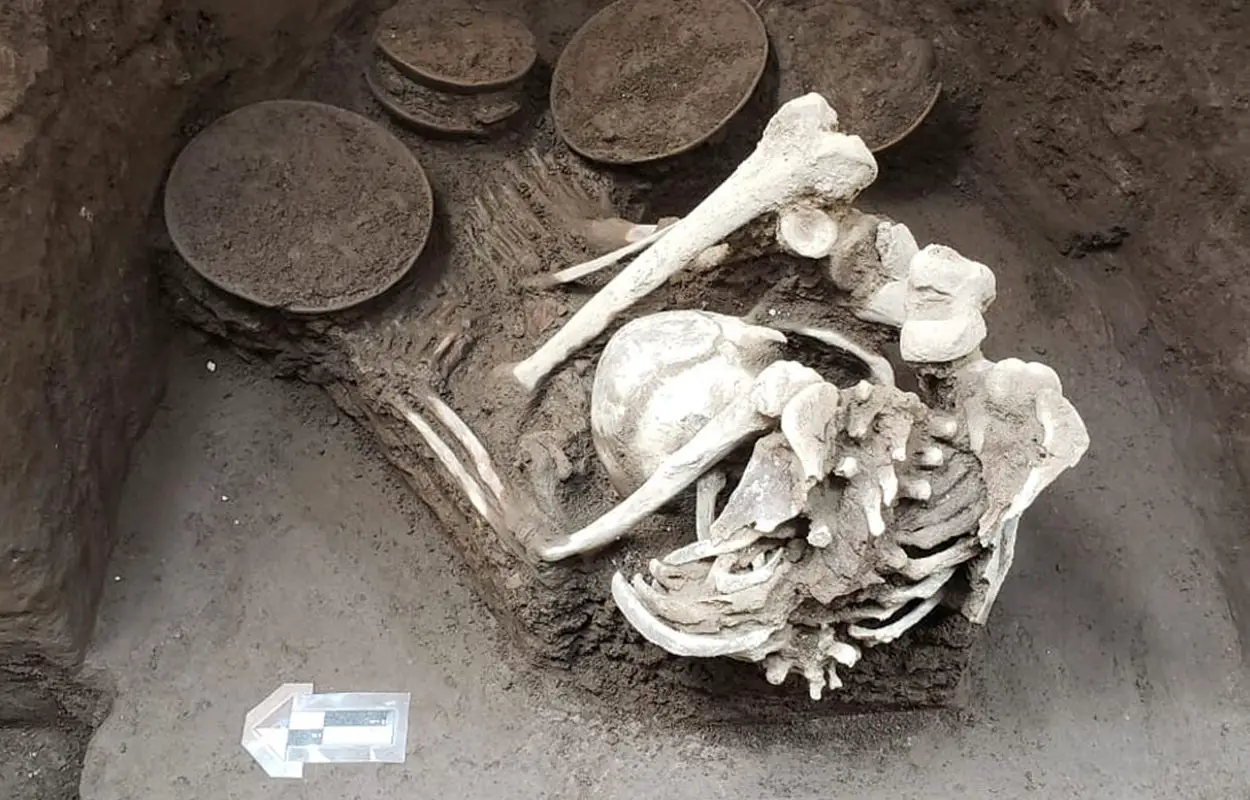Archaeologists from the National Institute of Anthropology and History (INAH) have uncovered a Teotihuacano village in the Tlatelolco area of Mexico City.
The village dates from around AD 450-650 during the Classic period in the Late Xolalpan-Metepec phases, when the city of Teotihuacán had reached the apogee of influence in Mesoamerica.
At this time, Teotihuacán is estimated to have had a population of around 125,000 inhabitants and was among the largest cities in the ancient world, containing 2,000 buildings within an area of 18 square kilometres.
The village was first identified in the 1960’s during construction works, but recent excavations have now uncovered architectural elements, stone alignments, post holes, three human burials with funerary offerings, and large concentrations of ceramics.
Despite the village being located in a rural context, it likely had links of exchange and dependency with other Teotihuacán governing centres on the western shore of Lake Texcoco.
According to the researchers, the village inhabitants survived on self-subsistence and gathering, and was also a centre for the production of quality ceramics and artisan objects based on the discovery of figurines, green stone artefacts, funerary offerings, and various obsidian and flint projectile points.
Through test pits and extensive excavations, evidence of Aztec occupation in the Late Postclassic Period has also been identified, in addition to layers that date from the 18th, 19th, and 20th century AD.
Archaeologists also found a series of channels that delimited chinampería spaces, a method of agricultural expansion used by the Aztecs in Lake Texcoco for growing plants and vegetables.
Within the channels, the team found several deposits of ceramic vessels, a headless seated sculpture, and complete and semi-complete objects that date from the Late Aztec III Period (AD 1440-1521).
Header Image Credit : Marisol Bautista Roquez







